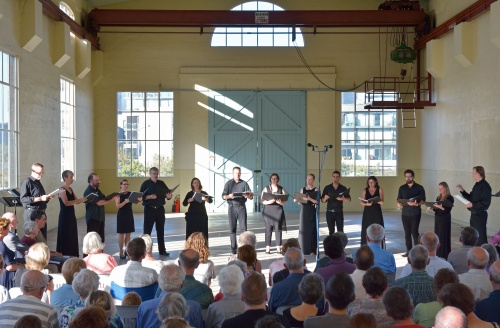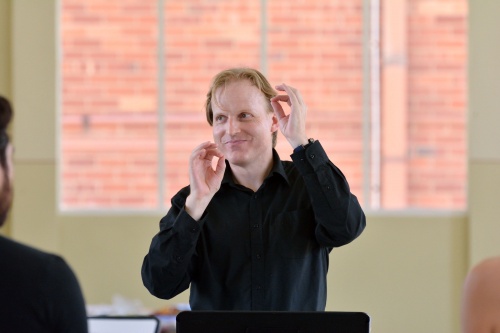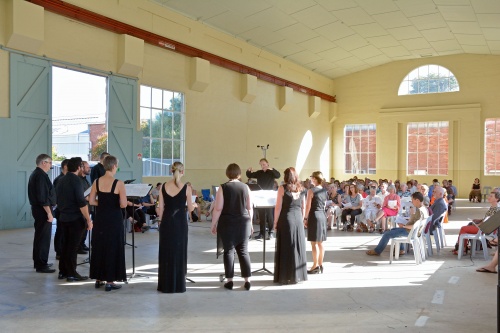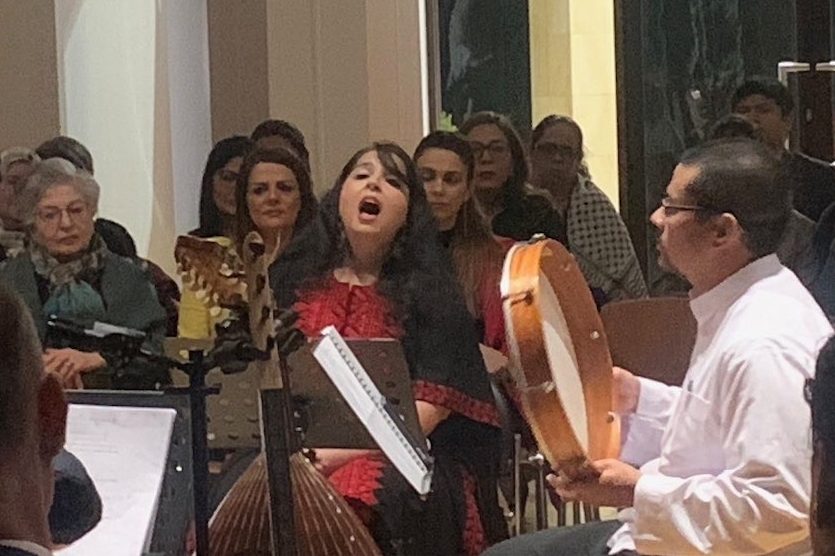POLYPHONY, or put more simply, music in parts, is one of the glories of European music and Coro chamber ensemble has taken on a celebration of this phenomenon to its full capacity.

This was as much as anything an experiment with the Fitters’ Workshop as a usable performance space, since on hiring it, Coro found itself with a completely empty room that meant guessing the attendance figures and hiring the right number of chairs.

In 1562 or thereabouts, when Palestrina wrote his celebrated mass in honour of Pope Marcellus II, the Council of Trent was busy discussing the liturgical use of polyphonic music, suspecting it of being based on bawdy secular songs. In fact, Coro chose only one secular drinking song, an early 16th century work in three parts by Jean Richafort, “Trut avant, il faut boire,” performed with considerable gusto.
In complete contrast, Coro’s performance of the Credo from the 6-part “Missa Papae Marcelli” was sophisticated and devotional, with at least one choir member unable to mask her deep emotion during the performance. Palestrina is said to have appeased the authorities with this mass, thus ensuring the health of polyphony.
As the program progressed towards its natural climax, members of Coro changed their configuration, sometimes, as in de Victoria’s “Missa pro victoria” in 9 parts separating the choir into different sections and occasionally allowing conductor Tregear to step in and participate in the singing.
By and large the power and the strength of the performance increased with the numbers and di Lasso’s declamatory “Aurora lucis rutilat” in 10 parts was particularly potent.
In the magnificent penultimate 11-part work, Hassler’s “Misere Mei Deus”, based on Psalm 51, (discovered by Fysh to the “great relief” of Coro since this was expected to be the hardest number of all) Coro split three ways, reaching a superlative conclusion.

Who can be trusted?
In a world of spin and confusion, there’s never been a more important time to support independent journalism in Canberra.
If you trust our work online and want to enforce the power of independent voices, I invite you to make a small contribution.
Every dollar of support is invested back into our journalism to help keep citynews.com.au strong and free.
Thank you,
Ian Meikle, editor




Leave a Reply